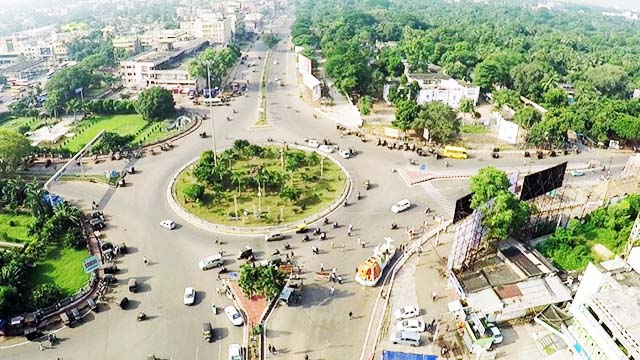
Smart Cities – The conundrum of positioning a city either smart city or liveable city, contributes towards the larger question, could smart cities lead into smart urbanization.
“Urban Ethos and Pathos”, a book written by Raj Liberhan, former Director of India Habitat Centre, has delved into this crucial issue and urged the policymakers to look beyond bricks and mortar, and also a “heartless land development having no regard for the human need”.
“Are we going to be smart and do the right thing, or will be smart by not doing the right things,” a very crucial choice, which underpins urbanization — has been explored in the book that was launched earlier this month.
The book emphasizes democracy is not feudal rule of the elected; instead it is the formulation of law to serve the common man.
The author emphasizes there has to be a continuous interface with the providers of civic amenities and the residents to ensure the ease of good living, which generates a dynamism for the prosperity of the city.
In a land which saw the marvel of the Harappan civilisation at the beginning of major human imprints into the world of urban development. “The ease of good living should drive cities to create iconic spaces to reflect the aspirations of the geography, and its settlers for a harmonious coexistence”, the book says.
The reasons for uncontrolled expansion of cities usually – education and employment-trigger influx of people seeking a better future in urban centres, which has a cascading effect on house and then bad planning lead to urban growth, which neglects civic infrastructure, water, waste management, energy supply, health and culminates into environmental degradation.
Delhi-NCR and many other cities are already beset with these issues.
The author advocates foreign capital and expertise is badly needed to transform infra structure. He says the foreign expertise on road engineering layouts will show the way roads should not be planned.
The author also highlights the role of women in planning urbanization and deplores that cities have largely been designed for and by men having scant consideration for women’s needs. The planners often miss the cultural and social preference of women, “the city intimidates single women, single mothers”, and we are yet to recognize the housing needs of working women.
“The long road to better cities for women must start now”, says the author.
Land is a vital resource in the process of urbanization, and there is no alternative other than using this precious resource sensibly, argues the author insisting on better land management for cities.
The builder-led expansion in cities have blown out planning, design and aesthetics — resulting in urbanization — an outcome of builder-politician-bureaucracy nexus. The author says unregulated urban planning and absence of foresight has plagued Delhi’s cityscape. “Who anchors and who navigates the ambitions of the capital — the LG; the Chief Minister; or the municipal corporation,” asks the author.
The book is also a collection of writing of the author, published in newspapers, focussing on contemporary urban issues.
The author concludes unless the governments and the corporation unanimously believe that governance is beyond party and partisan considerations, there is no chance that the capital’s woes will be addressed.
Therefore, planning for each zone should begin at the entrance.